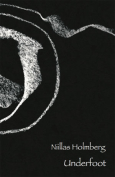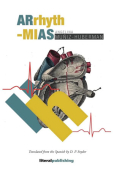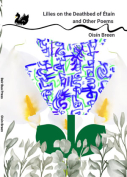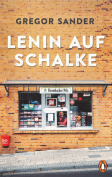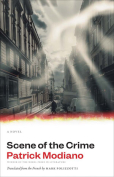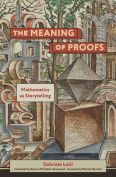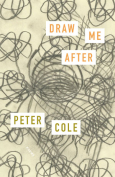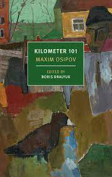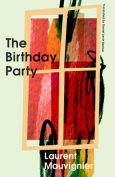Scene of the Crime by Patrick Modiano
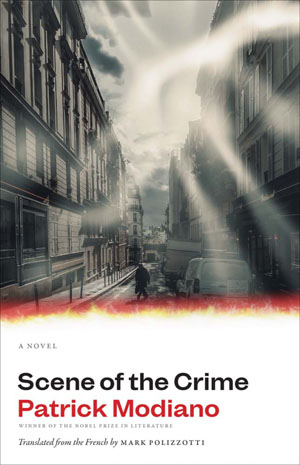 New Haven, Connecticut. Yale University Press. 2023. 157 pages.
New Haven, Connecticut. Yale University Press. 2023. 157 pages.
When Patrick Modiano was awarded the Nobel Prize in Literature in 2014, his writing was nearly unknown in the United States. Since then, Modiano has been published by Yale’s Margellos, New York Review Books, and David R. Godine, who first published Modiano in English translation in the United States. To date, there are over twenty titles published in English translation.
His latest novel, The Scene of the Crime, elegantly translated by Mark Polizzotti, continues the Modiano wave of atmospheric and hypnotic reflections on place and memory. Originally published by Gallimard in France under the title Chevreuse (2021), Polizzotti’s translation adds yet another layer to an already deep and rich body of work. Like most of Modiano’s books, this novel can be read in an afternoon. And yet The Scene of the Crime leaves the reader with much to think about.
The plot is deceptively simple: the protagonist, Jean Bosmans (not the first Modiano novel to use that name), is writing a book based upon memories of people he encountered in his early twenties, many of whom appear earlier still in scenes from his childhood. “Bosmans recalled that a single word, ‘Chevreuse,’ kept cropping up in conversation.” There is something incidental about this first sentence, which at first only seems to be a way for the protagonist and the reader to become ensnared in the plot. Yet nothing in this novel can be taken for granted and at face value. Bosmans finds himself encountering people he may have had encounters with in his past, a past that is suspect on all levels.
Like all Modiano’s work, the relationship between geography and memory is essential. But the beauty of Modiano’s exploration of that relationship, which is thrilling here, is the suspect nature of those memories. Although it is never mentioned specifically, the work recalls Freud’s theory of “screen memories,” or false memories that hide or “screen” more traumatic memories from childhood. Bosmans spent a part of his childhood in Chevreuse, southwest of Paris. While there, various people of suspicious nature came in and out of his life. At twenty, Bosmans once again encountered some of the same people. Toward the end of the novel Modiano writes, “Previously forgotten childhood memories come back to you after fifteen years, and you become an amnesiac who has regained a scrap of memory.” These words not only perfectly sum up Bosmans’s current state of mind, but they may also serve as a key to all Modiano’s writing.
Polizzotti’s decision to title the novel The Scene of the Crime instead of the original Chevreuse is both accurate and more user-friendly for American readers who might not be familiar with the Chevreuse commune and valley. Polizzotti’s translation is beautiful, and non-French readers owe him a debt of gratitude for bringing such a wonderful book into English. The Scene of the Crime is another piece in the Modiano puzzle that may never be solved, but perhaps that’s the point.
Andrew Martino
Salisbury University



